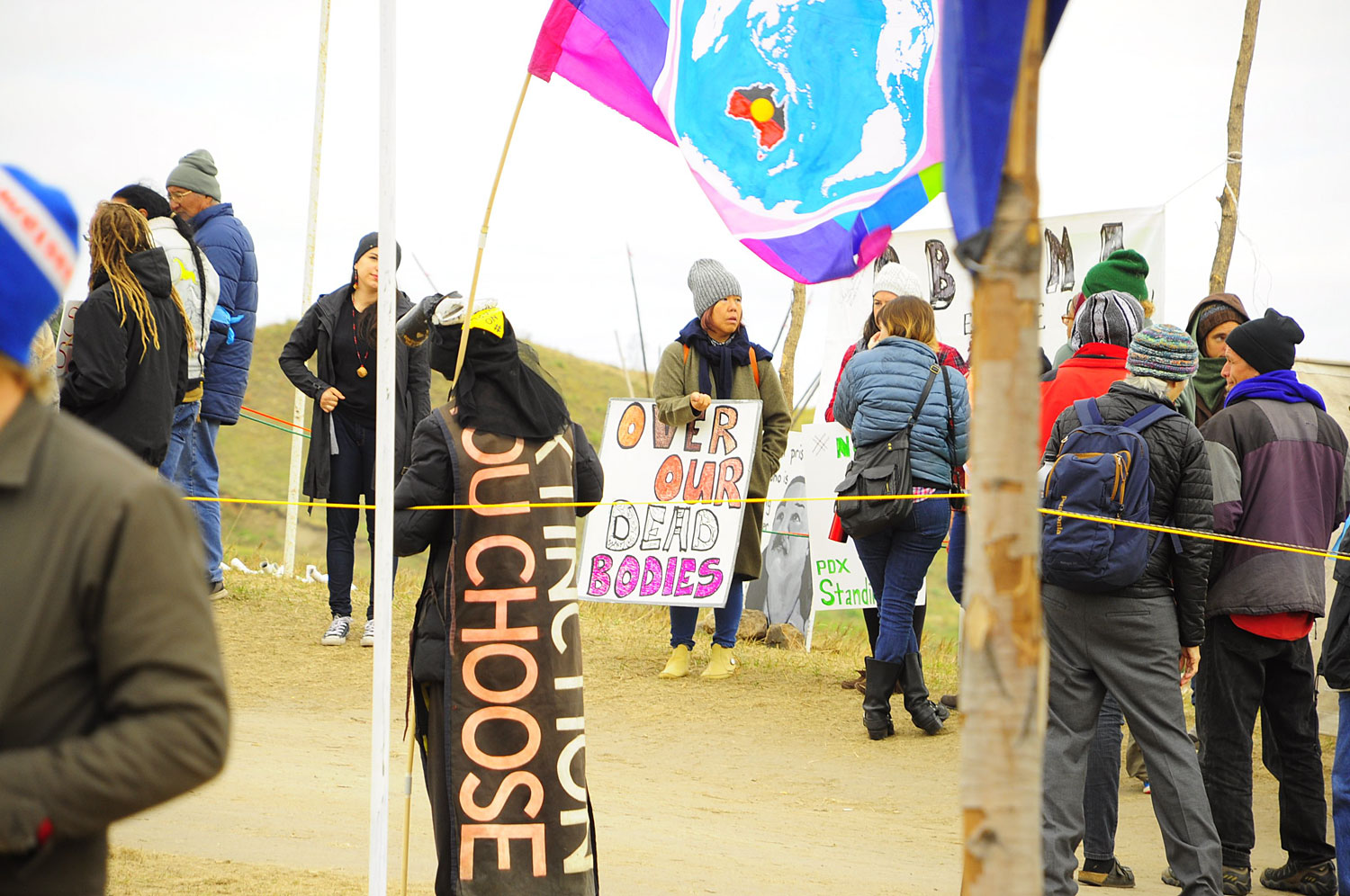Thankfully, I’m well past periods. I started very young (10 years old), but I was one of the fortunate people who had short duration, light periods most of my life. Even so, I was more than happy to see them go. Like many people, I used tampons, and I don’t like to think just how much I spent on them, either. Back in the day, the tubes were cardboard, not plastic, so at least that build up of waste isn’t on my shoulders. Tampons are handy, easily carried about and all that, but they do carry risks, and the plastic tubes are now a serious environmental problem. I never had the opportunity to use a menstrual cup, but if I were still dealing with periods, that’s definitely the way I’d go.
Via AsapScience.


























































